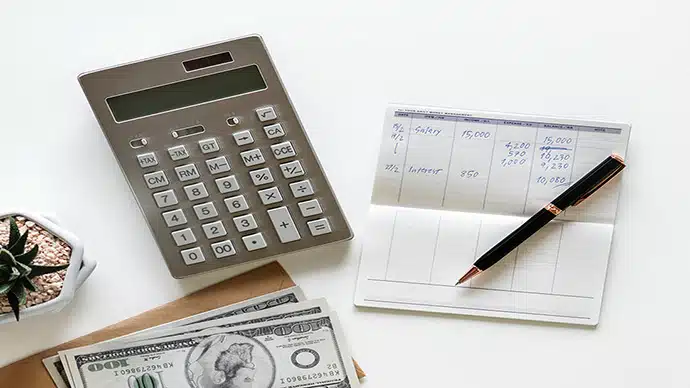
Did you know the stock market’s average return is about 10% per year? That’s what an investor buying an S&P 500 index fund could expect to earn over the long term. Not too bad, right? In fact, you’ll tend to beat more than 80% of professional investors in any given year using this simple buy-and-hold strategy. It’s one of Wall Street’s worst-kept secrets.
But while it’s simple, it’s not easy. The problem is not what to do — just buying and holding the S&P 500 — but rather being able to stick to the game plan when the stock market gets volatile. And it will get volatile.
So here’s your secret to outperforming most investors over the long term.
Know Your Temperament
How will you react when the market begins to tank and continues to go down? How you answer this question is perhaps the best gauge of whether you can consider the next recession a threat or an opportunity. Know your temperament and then devise a plan to compensate. A quick history lesson: On Oct. 9, 2007, the S&P 500 hit a new record high of 1,565.15. From there and for all of 2008, the market continued to tumble before bottoming at 676.53 on March 9, 2009. That was nearly a 57% drop.
Imagine you had a $100,000 portfolio at the market’s high point. Just 17 months later, your portfolio would be valued at $43,000 or so. So after $57,000 in value disappears, what would you do with your shares?
- Sell them all and buy something safe
- Hold on for dear life
- Buy even more
If you hold or buy, you’re primed to turn the recession into a moneymaking opportunity. In fact, if you buy more when the market’s already down, you’re likely to massively outperform the market’s long-term average of 10% annually. But it’s going to take guts when media outlets and friends say you’re crazy for buying as the market plummets.
» MORE: Learn how robo-advisors can enable a set-and-forget portfolio
Anticipate now how you’ll react when you’re staring down huge losses. That means understanding your temperament and then planning how to manage your reaction so you can continue to be a buy-and-hold investor and outperform the pros.
By the way, the S&P 500 has been steadily crawling back since 2009 and was trading above 2,700 as of June 4. If you rode it out, your initial $100,000 investment would now be worth nearly $175,000.
How Will You Prepare for the Crash?
If you’re prone to panic and think you’re likely to sell next time the market declines, do these things now:
- Put buying on autopilot. Set up a regular buying plan with your broker to keep yourself purchasing even when the market declines. With the plan already in place, you don’t need to do anything further, and selling will require the extra effort of canceling this plan with your broker.
- Think long term. When your portfolio is shrinking by the hour, it’s hard to realize the pain will eventually end. But look back at the market’s history. Even with big dips factored in, the long-term trajectory has always been “up and to the right.”
- Tune out negative news. What may seem like a crisis this week will often be all but forgotten next week. Talking heads might try to rile you up and make you fearful, so stay away from the negativity.
- Avoid rationalizing. You may be tempted to say, “I’ll sell just a little bit” or “I’ll wait until the market looks safe to buy more.” No one knows where the market is going to bottom. Set up an investing plan that keeps you buying into the market, and don’t let yourself weasel out of it when the hard times come.
- Check your portfolio less often (or not at all). Seeing a declining balance isn’t fun, and it provides more chance for you to panic. If you’re likely to be fearful when the market’s going down, just stay away. (All the more reason to set up an automatic buying plan, so you don’t have to check up on your portfolio for “just a little look.”)
» MORE: Discover other investing options in our guide to investing
These are some basic strategies to help you stick to the buy-and-hold plan. But you’ll really want to understand how you react to a market decline so that you can create your own personalized strategies to keep you in the game. You can’t earn those luscious 10% annual returns if you’re not in the market.


